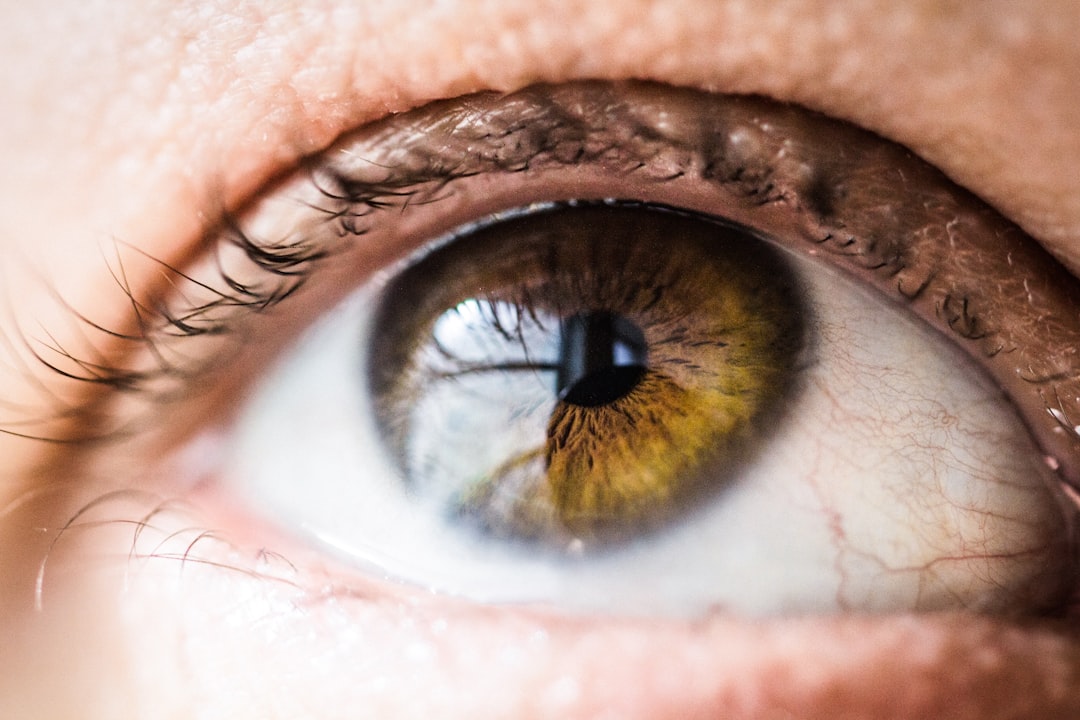What is it about?
These simulations try to predict what people with two types of possible bionic eye are likely to see. Normally light hits cells called photoreceptors (or rods/cones) which turn the light into electrical neural signals. These signal are then passed through a few more layers of cells within the eye before they are sent to the brain. In many diseases these light sensitive photoreceptors are lost. Electrical prosthetics stimulate the remaining cells with electric current, like a cochlear implant. But these cells aren't stimulated in the way that the photoreceptors would do it. This makes the picture look all edgy. The other problem is that the neural cables sending the signal to the brain also get stimulated - that causes the streaks. The second simulation is of optogenetics. Here the remaining cells that aren't normally light sensitive are actually altered (using genetic engineering) to become light sensitive. (So far this hasn't been done in humans.) But these 'new photoreceptors' also respond differently from how they would respond if they had been stimulated via the photoreceptors - which again causes weird edginess. Also these 'fake photoreceptors' are slow compared to the original photoreceptors, which causes fast moving objects to be blurred so badly that they disappear.
Featured Image
Why is it important?
These new simulations show that the scoreboard model, which is sometimes used to test devices, doesn’t provide a good representation of the quality of vision sight restoration technologies are likely to produce. More realistic models are needed to give patients, clinicians and researchers a better idea of how those technologies will work in the real world. Better simulations can provide valuable information about how implants need to be improved to produce more natural vision. As these devices start being implanted in people, we can compare different types of devices and the different perceptual outcomes of each. The path to fully restored eyesight is an elusive target. We need to start developing more sophisticated models of what people actually see. Until we do that, we’re just shooting in the dark in trying to improve these implants.
Read the Original
This page is a summary of: Pulse trains to percepts: the challenge of creating a perceptually intelligible world with sight recovery technologies, Philosophical Transactions of the Royal Society B Biological Sciences, August 2015, Royal Society Publishing,
DOI: 10.1098/rstb.2014.0208.
You can read the full text:
Contributors
The following have contributed to this page










